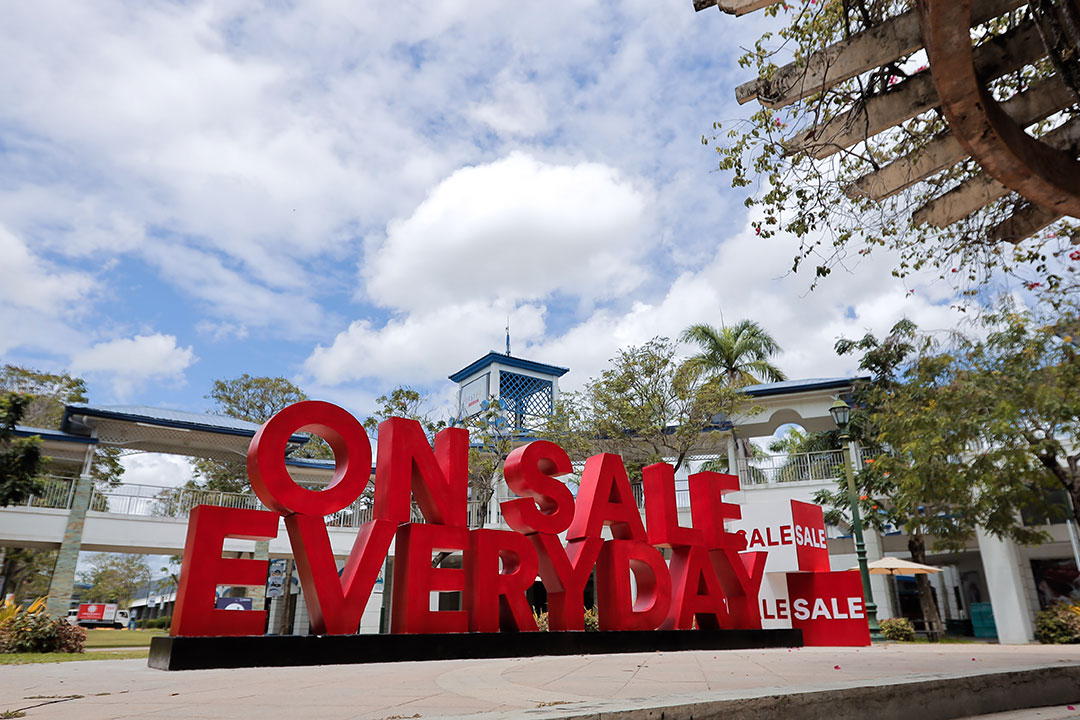
The Philippine Retailers Association (PRA) has voiced strong opposition to the Metropolitan Manila Development Authority's (MMDA) recent ban on mall-wide sales at 29 malls along EDSA. PRA President Roberto S. Claudio stated that this ban undermines free enterprise and restricts consumer access to promotions during the crucial Christmas shopping season [73e2bfc3]. Claudio proposed a compromise, suggesting that the MMDA could optimize traffic management by allowing sales at two malls every three days, which could help alleviate congestion while still supporting retail activities [73e2bfc3].
Currently, the MMDA reports that the daily vehicle volume on EDSA stands at 464,000, with projections indicating this could rise to 480,000 by mid-December. The average travel speed on this major thoroughfare is approximately 18 km/h, highlighting the traffic challenges faced by shoppers and retailers alike [73e2bfc3]. In response to these issues, the MMDA has restricted deliveries to malls to the hours of 11 p.m. to 5 a.m., with exceptions made for perishable goods [73e2bfc3].
As the holiday season approaches, the tension between traffic management and retail operations continues to be a significant concern for both consumers and businesses in Metro Manila. Retailers are eager to maximize sales opportunities during this peak shopping period, while authorities aim to manage the increasing traffic effectively [73e2bfc3].